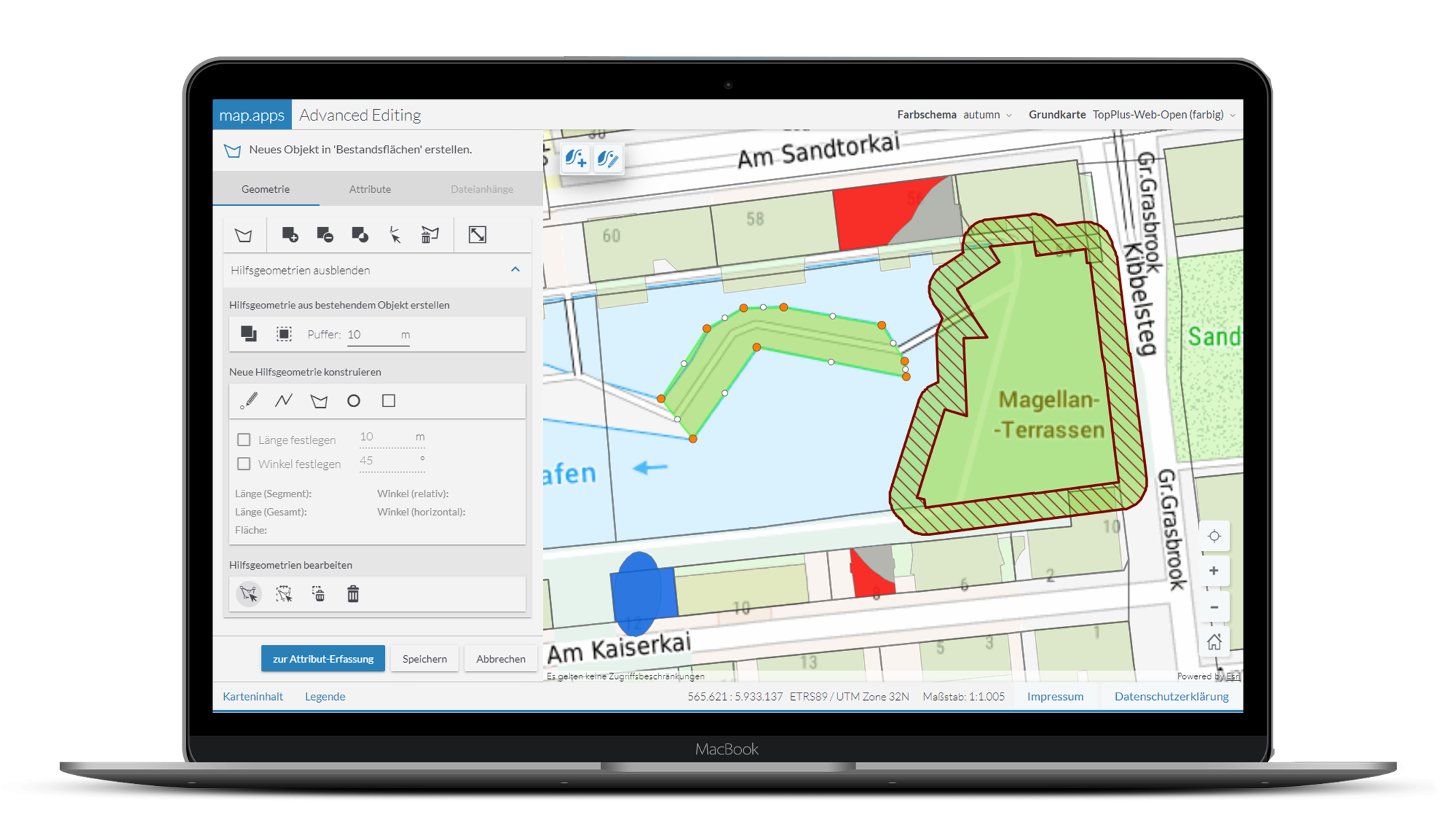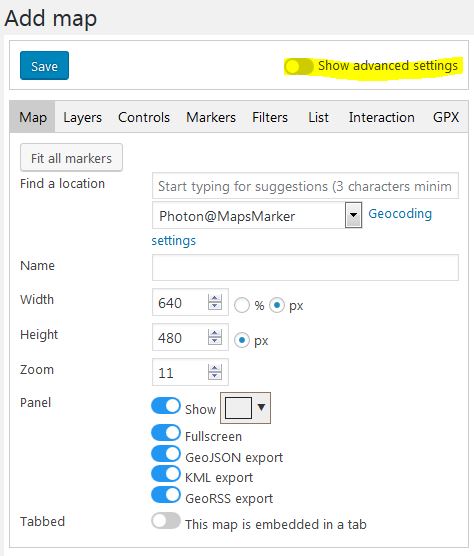

Create a circle from a line (only active if the line is closed).When you click your left mouse button on a line (but not on a point), you will see these tools:.Split a line into two lines at this point.When you click your left mouse button on an individual point (node) on the line and either click on the right mouse button or hit the space bar to activate the context menu, you will see these tools:.You can drag points from the line by clicking your left mouse button on a point and dragging it.Just as with a point, select the appropriate tags for your line.Click once on a point where the road segment begins, move your mouse, and click to add additional points. Find a road that hasn’t been drawn on the map and trace it.
#Advanced map editor plus#
Your mouse cursor will change into plus (+) sign.To add a new line, click on the Line button. Or, if you want to delete your point, click the left mouse button on the point, activate the context menu by clicking with the right mouse button and then click the button which looks like a trashcan.Ī “point” created in the iD editor is actually a standalone “node” with a set of “tags” on it. If you make a mistake, such as a wrong location, you can move your point to a new location by holding the left mouse button on your point and dragging it.Note that each feature will have different options, depending on what tag you choose from the feature panel. You can fill hospital name, address, and/or other additional information. You can use the forms to fill detail information about your point.Click Hospital Grounds to tag the point as a hospital. At the same time, the left panel will change to show a form where you can select attributes for the object. For example, if you know that there is a hospital in your area, click on the position of the hospital building. Now, click on a position that you know to mark a location. To add a new point, click on the Point button. Otherwise there is a chance you map objects on top of existing ones.

Zoom in until you see these features appear. You will see a blue notice in the bottom of your screen warning you that there are ¨hidden features¨. Click the reset button to return to the default position.īeware that the ID Editor hides objects when zoomed out.

You can add your own map tiles by clicking on Custom. You can change the background layer based on your desired tile provider (the default is Bing Aerial Imagery).

The iD editor is a great way to edit for small and easy changes that don’t require the advanced features of JOSM (a more advanced mapping editor). iD is fast and easy to use, and allows mapping from various data sources such as satellite and aerial imageries, GPS, Field Papers or Mapillary. The iD editor is the de facto, browser-based OpenStreetMap editor. Starting to map with a Tasking Manager for HOT or MissingMaps etc? See our HOT-tips section.


 0 kommentar(er)
0 kommentar(er)
